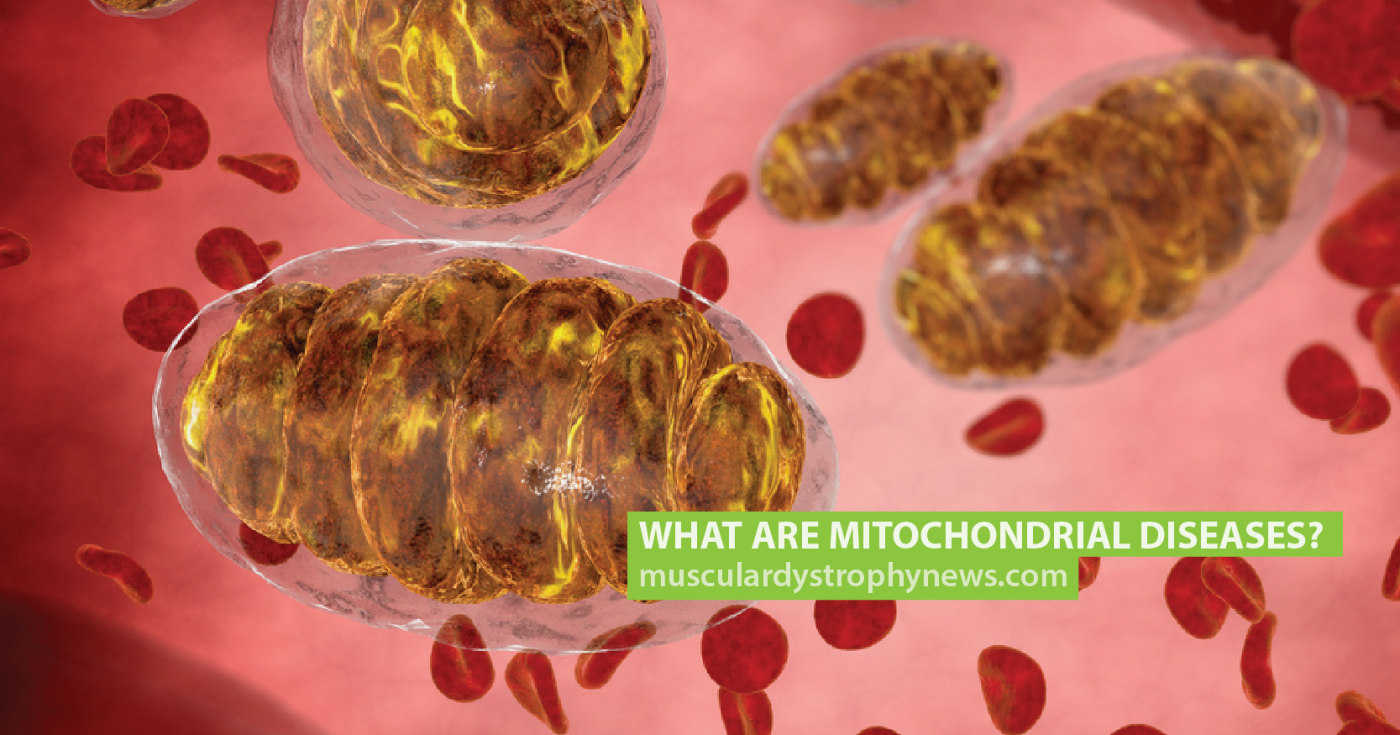What Are Mitochondrial Diseases?

The name mitochondrial myopathy comes from the specific part of the cell the disease affects, called the mitochondria, which are small energy factories found inside most cells in our body.
MORE: Remembering Mattie Stepanek
“Myopathy” comes from two words: “myo” meaning muscle, and “pathy” meaning disease. If you put those two words together, they are cellular diseases that affect the muscles. Mitochondrial diseases, however, affect the muscular and neurological systems. There are different types of mitochondrial diseases that differ depending on the areas of the body they affect and the age of onset.
According to the Muscular Dystrophy Association, the most common symptoms of mitochondrial diseases are muscle weakness, an intolerance to exercise, issues with balance and coordination, seizures, hearing loss and learning difficulties. Other common complications include heart defects, liver failure, stroke, diabetes, stunted growth and impaired vision. Often, patients with mitochondrial diseases will present at least two complications.
Mitochondrial diseases are genetic disorders where gene mutations can be inherited. Some cases of mitochondrial disease are not inherited but are caused by gene mutation during fetal development. Many of the genes responsible for mitochondrial diseases have been identified and researchers are using animal models to try and better understand the disease.
MORE: Talking to family members about your child’s neuromuscular disorder.
Muscular Dystrophy News Today is strictly a news and information website about the disease. It does not provide medical advice, diagnosis or treatment. This content is not intended to be a substitute for professional medical advice, diagnosis, or treatment. Always seek the advice of your physician or another qualified health provider with any questions you may have regarding a medical condition. Never disregard professional medical advice or delay in seeking it because of something you have read on this website.






